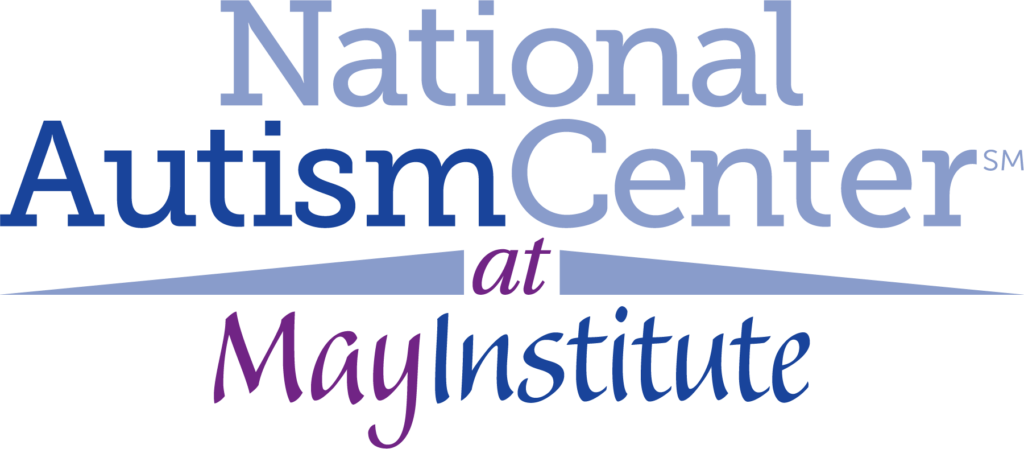Recent posts
Autism Intervention in Children – How Late Is Too Late?
MEDIA RELEASE
By Hanna Rue, Ph.D., BCBA-D, Executive Director, National Autism Center
Randolph, Mass. — The recent report authored by Sally Rogers and Sally Ozonoff, UC Davis professors of psychiatry and behavioral sciences, provides empirical support of what most clinicians already know – “the earlier the better.” That is, early identification and treatment of autism spectrum disorder (ASD) can have a tremendous impact on outcomes for children and their families. Rogers and her colleagues conducted a pilot study, Infant Start, evaluating the impact of a comprehensive intervention on infants ranging from six months to 15 months at the onset of the study. The infants displayed signs and symptoms associated with ASD.
The parents in this study provided the intervention, which is based on The Early Start Denver Model (ESDM) developed by Rogers and Geraldine Dawson. Elements of the ESDM include applied behavior analytic interventions. Six of the seven participants enrolled in this group demonstrated marked improvement in behaviors associated with ASD.
Why does this study matter? Although the study was quite small and replication is necessary, it supports extensive previous research suggesting that early intervention has a tremendous impact on children. In 2012, Rogers and her colleagues published a study demonstrating brain changes in children with ASD who participated in the ESDM. It was the first demonstration that a behaviorally-based comprehensive intervention changed brain function.
While most children do not show potential signs of autism in infancy, this study is important because it demonstrates the need for more research in this area. It is critical to be able to offer viable alternatives to families once their young child receives a diagnosis.
What should parents do with this new information? If a parent is concerned about the development of their young child, they should demand attention from the pediatrician or general practitioner. Make use of information that can be obtained from well-designed screening tools such as The Modified Checklist for Autism in Toddlers, Revised (M-CHAT). Anyone can use the M-CHAT and score it online. If the information from the M-CHAT suggests your child displays “red flags” for ASD, approach your healthcare provider with the information and determine if a full diagnostic evaluation is warranted. It’s never too late – interventions can be effective at all ages.
Although the Infant Start program shows tremendous promise for infants displaying signs of ASD, there are evidence-based interventions being utilized throughout the country that can make a difference. Early intervention programs routinely serve children from birth through age three. These services frequently incorporate behavior analysis techniques and best practices in early childhood education. Typically, trained service providers help children develop and improve communication and social interaction skills in the security and comfort of their own homes. Others provide early intervention services in preschools as well as in public school settings. Families should be encouraged to participate in the planning and delivery of services. Parent training programs help parents move from passive roles as “observers” to involved “co-teachers.”
This fall, the National Autism Center will release the National Standards Report II, a review and analysis of treatments for ASD, based on research conducted in the field from 2007 to 2012. (The original National Standards Report, published in 2009, reviewed the educational and behavioral treatment literature published between 1957 and 2007.) This project is designed to give educators, parents, practitioners, and organizations the information and resources they need to make informed choices about effective treatments that will offer children and adults on the spectrum the greatest hope for their future.
There is no quick fix to a diagnosis of ASD. The comprehensive model developed by Rogers and her colleagues is not a fast or easy treatment. The intervention requires many hours of training, data-based decision making, and participation from family members. Any established, evidence-based intervention requires these key elements.
We must continue to push for diagnosis as early as possible, expand access to services for all families who need them, and strongly encourage ongoing comprehensive research that will allow us to provide objective information regarding the effectiveness of interventions.

